Anybody familiar with esports, especially Starcraft and League of Legends, will know how culturally significant competitive video gaming is in South Korea. The reasons for this specific phenomenon are numerous, but to summarise: wide-scale public investment in broadband infrastructure drove a strong gaming café culture in Korea, establishing overwhelming dominance for the PC platform in Korean gaming.
This coincided with the release of Starcraft in 1998 which became wildly popular among Korea’s youth. Starcraft’s integration with Battle.Net made participating in online matches relatively easy (especially for the late ’90s) and the game’s competitive scene quickly took off as a result. The success of esports in Korea prompted the government to establish the Korea e-Sports Association (KeSPA) and the rest, as they say, is history.
Korea is likely one of the only places on Earth where more people watch a particular esport than play the corresponding game. The dynamic of having more viewers than players is standard in traditional sports but very uncommon in esports. By all accounts, pro StarCraft players Lee Jae-dong and Lee “Flash” Young-ho were household names in Korea at the peak of their careers.
The unique esports culture of Korea has persisted for the last two decades, leading Korean teams to be among the best in the world at esports the country takes a shine to. This is most apparent with League of Legends and Overwatch, where Korean teams have been extremely dominant.
Given how popular League of Legends is worldwide, the unshakeable dominance of the Koreans is extraordinary. There have been 14 League of Legends World Championships to date, and a Korean team has been crowned world champion in ten of them. The esport’s undisputed greatest-of-all-time, Lee “Faker” Sang-hyeok, is a four-time world champion and an incredibly popular figure domestically.
The Journey
I recently found myself in Seoul, South Korea during a larger trip around Asia and, as an avid League of Legends player and esports fan, I was desperate to get a ticket to LoL Park. This particular venue is often called the Mecca of League of Legends esports, given that it’s where Korea’s regional league, League of Legends Champions Korea, holds its regular season games. The world’s best hone their craft here, and visiting it was high on my bucket list.
Although anyone can visit the venue’s café and PC Bang (gaming café), I was eager to see a live game at LoL Park. In addition to just being a cool experience, I feel it also qualifies as a cultural experience given how popular esports is in Korea. I was somewhat fortunate in that the period I was in Seoul overlapped with five separate LCK Cup matches. However, getting tickets is extremely difficult for a foreigner.
Despite the popularity of League of Legends in Korea, LoL Park only has capacity for 450 spectators. I’ll spare you the grisly details of the ticket-buying process, but essentially there are two different websites for buying tickets, one for Korean residents and one for non-residents. The key difference between these two ticketing platforms is that Koreans have the option of ticking a box that selects any available seats, and non-residents don’t. This often means that every Korean waiting in queue checks this box and automatically buys up every seat before non-residents have a chance to select seats.
This turns the normal ticket-buying process into a game of mechanics, surprisingly appropriate for Korean esports which is renowned for the strong mechanical skill of its players. I tried and failed four separate times to secure tickets, becoming more and more familiar with the process with every subsequent failure. I only had one more chance, the lone game on a snowy Sunday afternoon, Nongshim RedForce versus FearX.
After descending from a hike to Seoul’s Namsan Tower, I entered a subway station near Myeongdong for my final chance at acquiring tickets. The snow-blanketed city was very cold, so I wasn’t sure my freezing hands were up to the task ahead. Despite doing everything right, I was initially unable to secure tickets. I squatted in the station for ten minutes, continuously refreshing the page until… euphoria. A new set of seats became available, and I snapped them up, exiting the station with a massive grin on my face.
The Destination
Two days later, I entered LoL Park for the first time. The entire venue is tucked away on the third floor of a tall building, which was somewhat difficult to find given the lack of signage on the adjacent street. The venue has a jersey of every team currently competing in the LCK and posters of all-time great Korean players on the walls. The place has an undeniable aura, you can sense that champions are forged here.
I made it into the venue proper around 20 minutes before the series began. I immediately noticed how excited the Korean casters were, even before a series between two teams that aren’t the league’s strongest. LoL Park is divided into three sections, one section for each set of fans and one for neutrals. There’s an interesting culture among opposition fans, where one set of fans begins a chant, usually “[X Team] Hwaiting (Let’s go!)” and then the opposing fans wait politely to do their own team’s fan chant. It’s a far cry from the hostility of my local football stadium.
The series itself wasn’t particularly exciting. Nongshim RedForce dispatched FearX easily and went on to have a respectable run in the LCK Cup despite low expectations. I, however, had a fantastic time drinking in the atmosphere of the arena. I’ve been to plenty of esports events and though crowds are louder in Europe, there’s a sacred atmosphere in LoL Park that was a pleasure to experience.
Although I didn’t get to see my favourite Korean team T1, I still bought a jersey to commemorate the occasion. When I arrived home several weeks later, I joked that I was unlikely to lose a game of League of Legends after my pilgrimage. I knew I’d be incredibly rusty. After not using a keyboard for over a month, I failed to type my password correctly three times. This unfortunately was a sign of things to come.
I chain died, messed up early combos and generally played badly on that day. I was welcomed home with familiar scorn from the European League community, and I knew in this case I kind of deserved it. And yet, I won every single game. I was trying to avoid jetlag after a 22-hour flight so I played seven games to stay awake and I won every single one. I would eventually go on to lose my winning streak a couple of days later, but for that one day, the spirit of Korean League of Legends was watching over me, and I was unstoppable… kinda.
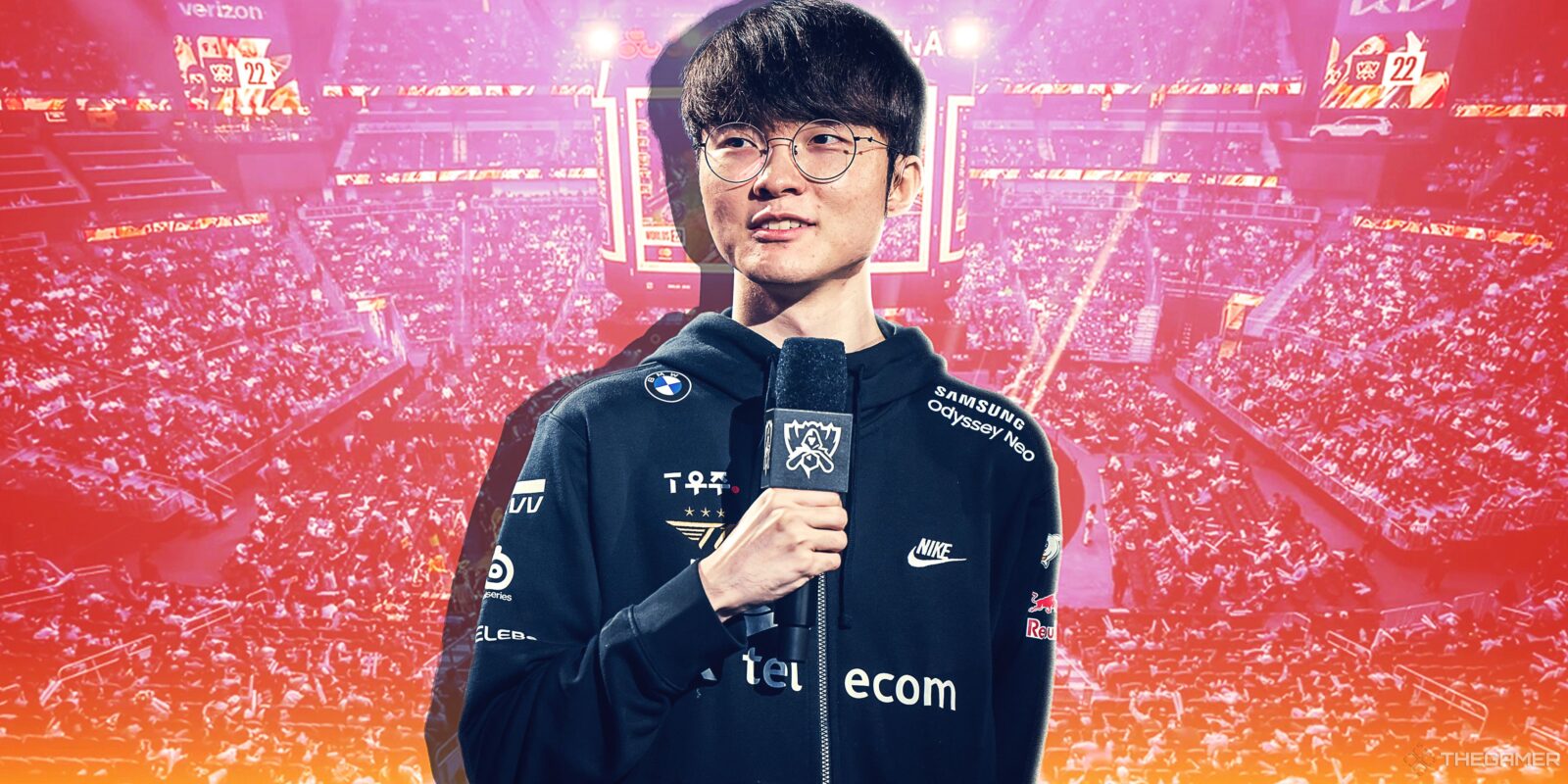

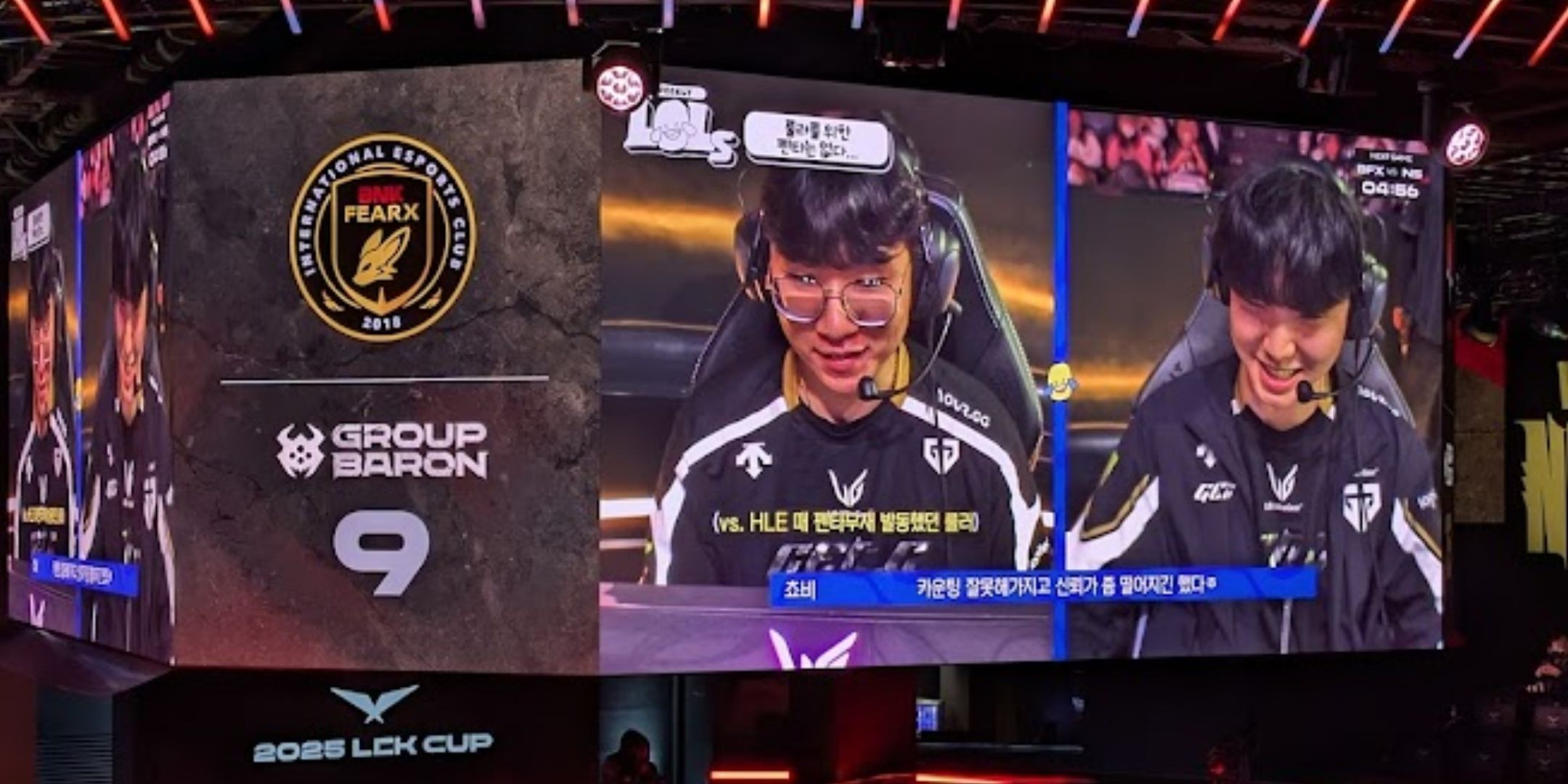
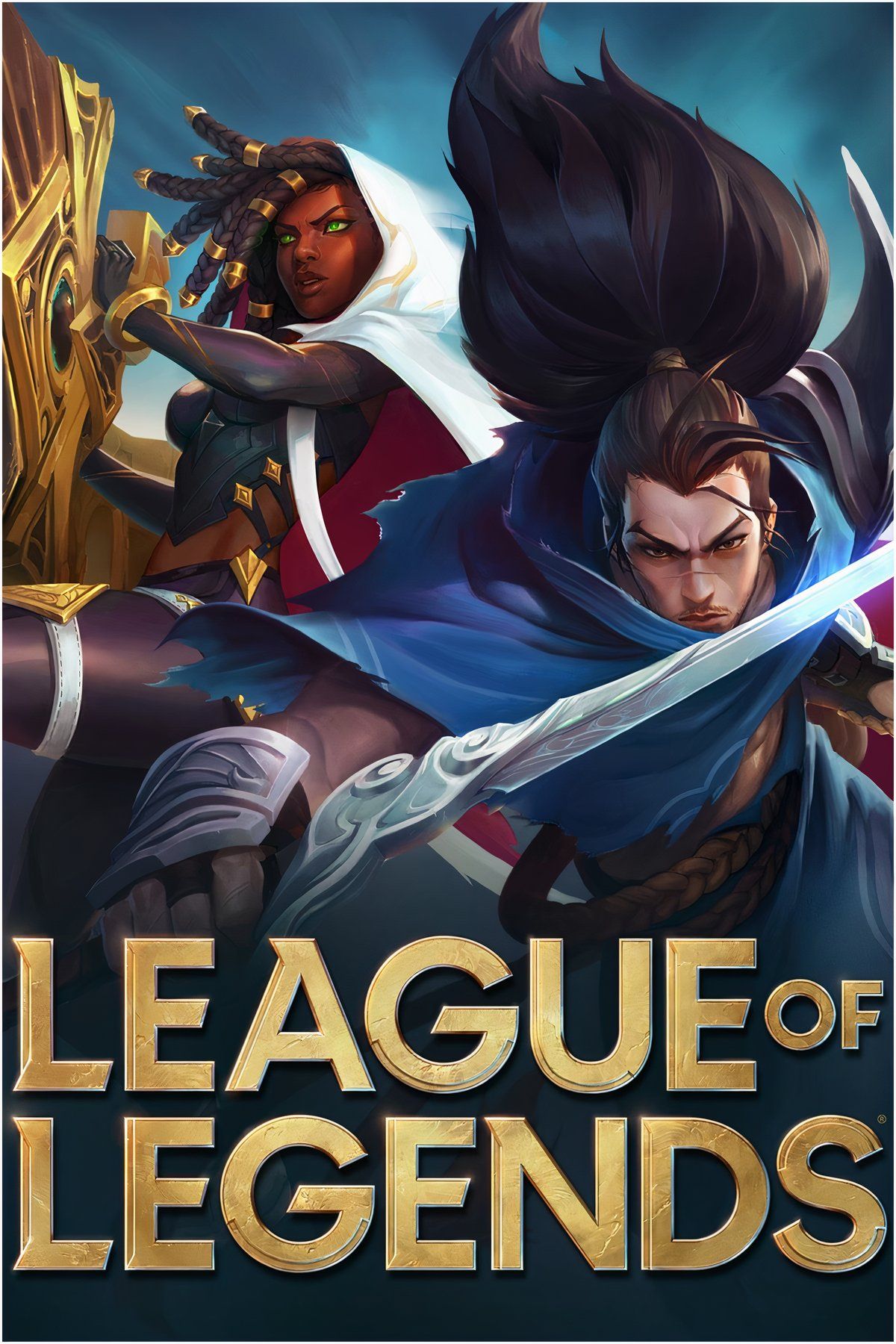



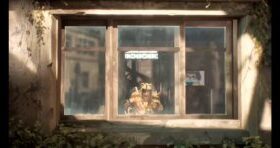


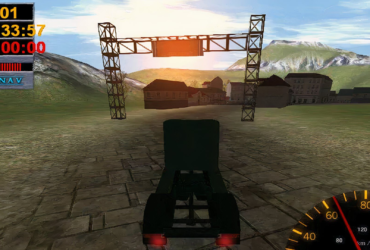



Leave a Reply